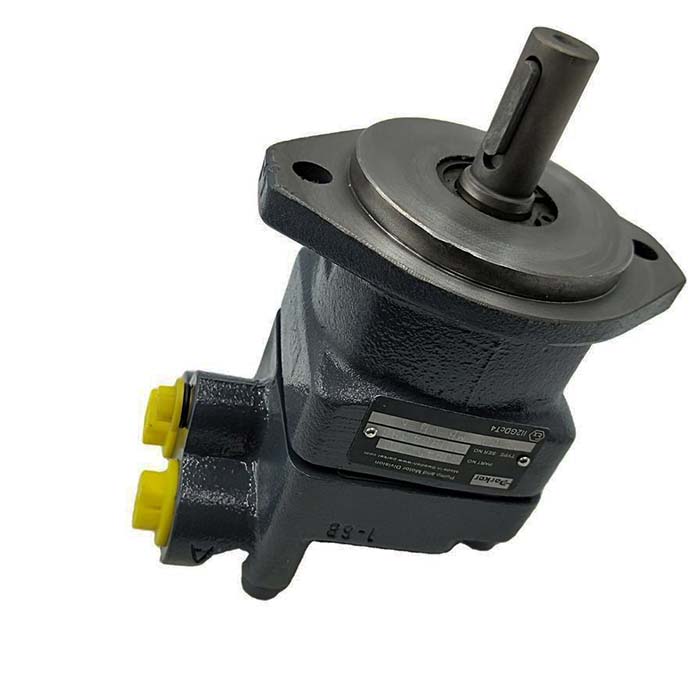How to control the speed of low-speed hydraulic motors when they are used
High-stability hydraulic motors are very practical and efficient energy conversion devices.
They can quickly convert hydraulic energy into mechanical energy during operation to increase the speed of the motor.
Because they have many practical application performances, they are widely used in many mechanical and engineering fields.
So how to control the speed of low-speed hydraulic motors when they are used? The following is a detailed explanation of this issue.
Parker Axial Piston Fixed Motors F11
1. Control by throttle valve and overFlow valve
If you want to control the speed of a hydraulic motor during operation, you can use a throttle valve.
The throttle valve mainly converts hydraulic energy into mechanical energy.
This energy conversion device can better control the flow of hydraulic oil when the hydraulic motor is running.
In addition, due to the continuous action of the pressure oil, the force will be unbalanced. At this time,
the torque generated by the rotor will change the displacement and the pressure between the inlet and outlet of the oil port.
Naturally, the speed of the hydraulic motor during operation can be controlled accordingly.
2. Use frequency conversion to change the motor speed for control
The frequency converter is also a very reliable way to control the speed of the hydraulic motor.
This method mainly realizes the speed regulation during the operation of the motor by converting the power supply frequency.
This structural design form is more to meet the requirements of forward and reverse rotation and the pressure of the inlet and outlet oil ports, etc.
If the bearing part leaks oil cakes out of the housing, in order to reduce the torque pulsation caused by the starting friction,
it is necessary to pay attention to adjusting the power supply frequency of the motor.
In this way, the speed of the hydraulic motor can be well controlled and better applied to some special application scenarios.
In short, the hydraulic motor with good service quality can control the speed well through the application of different technologies in structural design,
and in the application process, customers can also choose the model structure according to the actual use needs.
After all, the technologies used in different models are completely different. Through the corresponding understanding of technology and structure,
it is determined whether the hydraulic motor can meet the later application.
Saivs brand
- A4V40~250/A4VFO28/A4VSO40~500 Rexroth Hydraulic Pump Parts
- PVV-1X series Rexroth Vane Pump
- rexroth 4wrze10 4wrze16 4wrze25 4wrze32 series electro-hydraulic proportional directional valve
- Radial piston motors Hagglunds CA
- A10VSF28 Rexroth Hydraulic Pump Parts
- Counterbalance Valves CBCA
- Manual Electric Stacker
- Parker PV plus Hydraulic pump
- Gm5a series swing cylinder hydraulic motor for hydraulic winch
- rexroth solenoid valve DBW10A DBW10B
